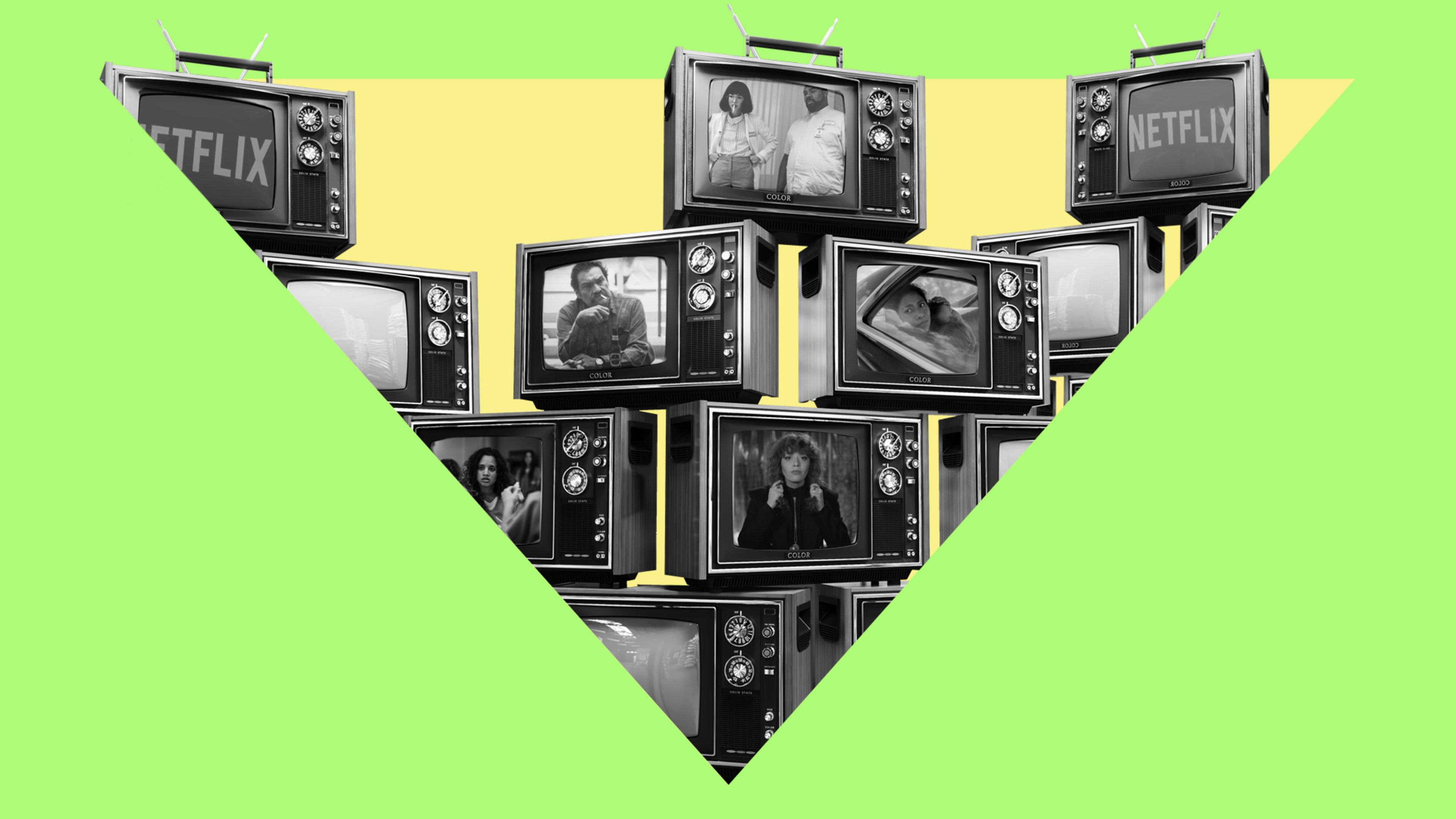On Sunday night, at about 11:13 PM Eastern time, Roma’s name was called as a nominee for the Academy Award for Best Picture. For just a few seconds more, the producer and distributor of the film, Netflix, would not know whether it had won the coveted Best Picture Oscar or not. At that moment, the air filled with portent, as if a red fog had been piped into the theater: Netflix’s 22-year journey from an auspicious bet on DVD technology to far and away the preeminent entertainment service on the planet was encapsulated in that pregnant pause.
Although Roma’s loss signals to many that Netflix’s domination of the entertainment industry has been forestalled for now, the fact is that the company has been topic A through Z among both consumers and business for years.
But amid the running commentary about Netflix’s viewership metrics (or lack thereof) and the quality of its TV shows and movies (or lack thereof), what’s been lost is a consideration of how Netflix does and doesn’t innovate. How does it enter a new category of programming and make it its own? How does it influence you–and everyone you know–to watch? How has it changed the way the people who create television will work and be compensated for their efforts? How does it create a direct relationship with its audience that allows it to market and promote its original content in ways networks have never done before? How does its user interface, whose tiles have become as iconic a design choice as social-media feeds, affect us? And more importantly, to all these questions, what are their limitations?
Answering these questions is our mission this week.
Read the whole series to explore:
Here’s what happened when a reporter watched everything Netflix told him to for two weeks
Three user-interface designs to refresh Netflix’s tiles
Netflix may have lost last night, but we hope this package offers lasting insight beyond the fleeting moment and into the most important company in entertainment today.
[Photo Illustration: Samir Abady; TVs: Grassetto/iStock; Maniac: Michele K. Short/Netflix; Roma: courtesy of Netflix; Narcos: Mexico: Carlos Somonte/Netflix; Orange Is The New Black: JoJo Whilden/Netflix]
Recognize your brand’s excellence by applying to this year’s Brands That Matter Awards before the early-rate deadline, May 3.
